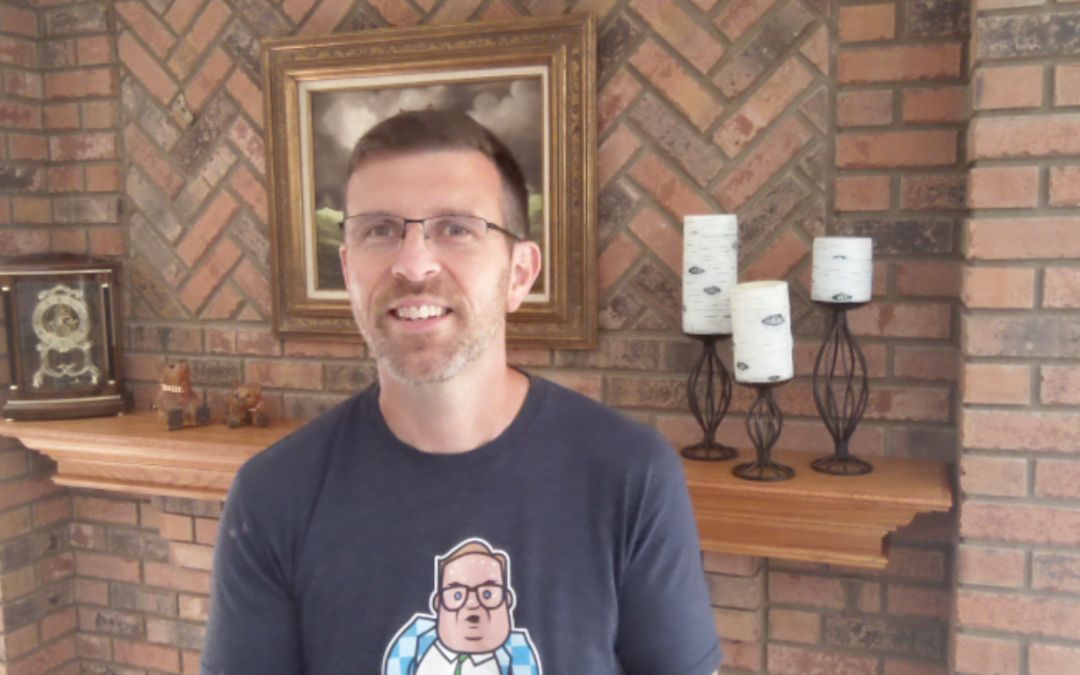
by Jason Lauritsen | Jan 27, 2022 | Management, Trust
Few things have a more powerful effect on employee engagement and performance than trust. Hopefully, I don’t have to convince you of the importance trust at work. We have thirty or forty years’ worth of research to demonstrate its importance (examples: here,...
by Jason Lauritsen | Jul 16, 2021 | Uncategorized
I didn’t get it. When I heard people talking about self-care, it conjured up images of self-indulgent escapism. Self-care was going for a spa day or taking time for a guilty pleasure to forget about the challenges of life. It didn’t feel like something relevant to me....
by Jason Lauritsen | Jul 9, 2021 | Change, Decisions, Management, Post-Pandemic, Workplace
What do you do if your organization has decided that everyone is coming back to the office and your people don’t want to come? And what if you feel the same way? One of the most challenging times to manage is when you get stuck between a company decision (that...

by Jason Lauritsen | Jun 18, 2021 | Leadership, Management, Well-being, Wellbeing, Workplace
While it’s been a long time since it first happened, I still remember the gravity of the responsibility I felt when first asked to supervise people at work. A manager has a profound impact not just on our experience at work but also on our life. When you get it...
by Jason Lauritsen | Jun 11, 2021 | Communication, Management, Post-Pandemic, Video, Workplace
Over the past year, you’ve probably learned that when a team is “distributed,” it becomes more complicated to manage. And we’ve focused a lot of attention on how being distributed out of a centralized office location has changed how we manage...



